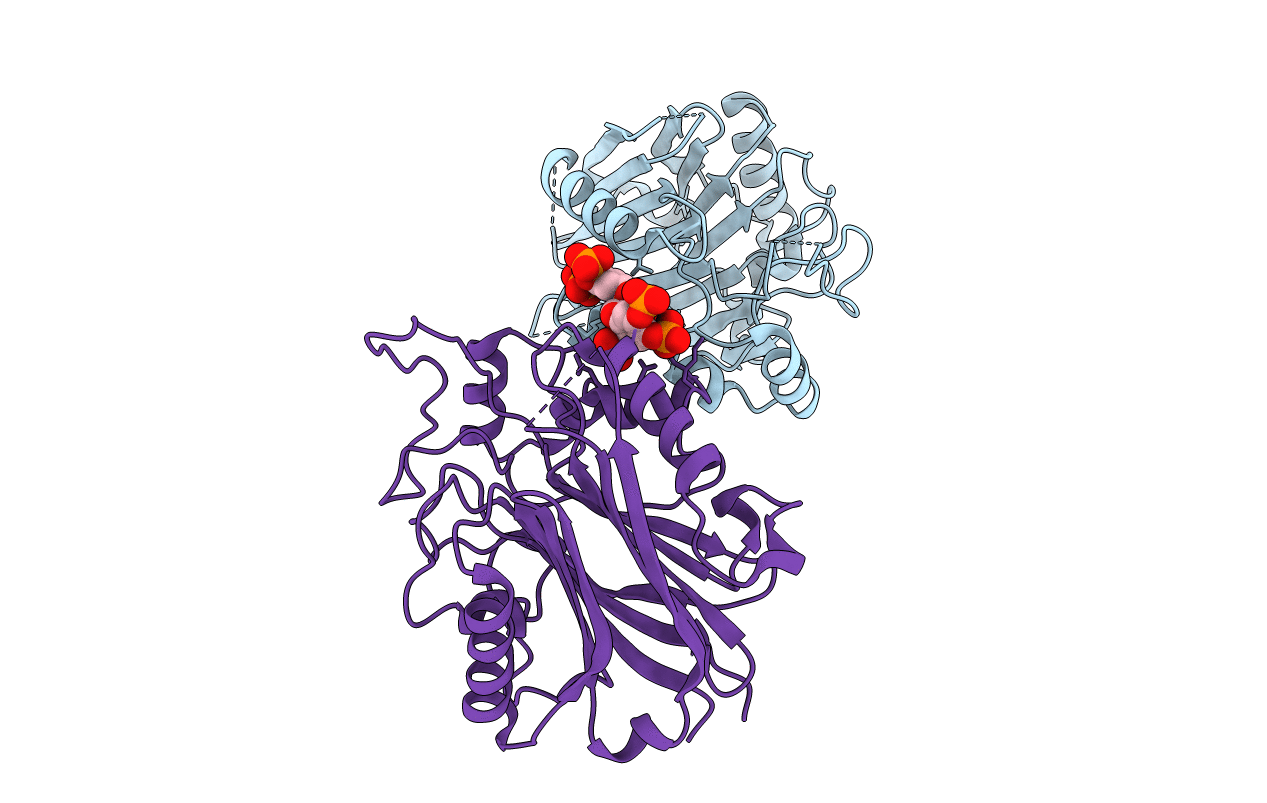
Deposition Date
2019-09-04
Release Date
2021-01-13
Last Version Date
2024-01-24
Entry Detail
PDB ID:
6SQU
Keywords:
Title:
Crystal structure of human SHIP2 catalytic domain in complex with 1,2,4 Dimer
Biological Source:
Source Organism:
Homo sapiens (Taxon ID: 9606)
Host Organism:
Method Details:
Experimental Method:
Resolution:
2.27 Å
R-Value Free:
0.25
R-Value Work:
0.20
R-Value Observed:
0.20
Space Group:
P 1 21 1


